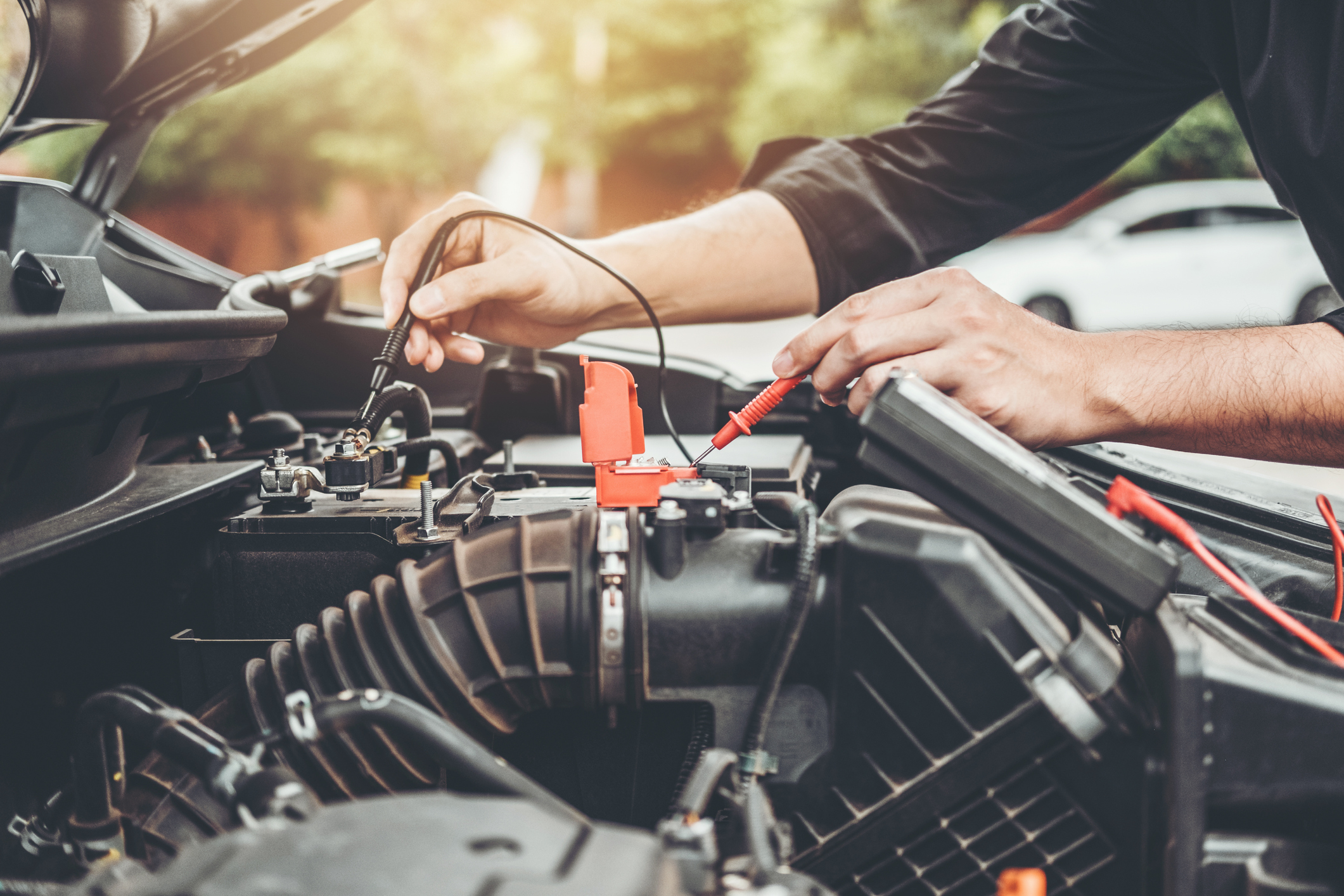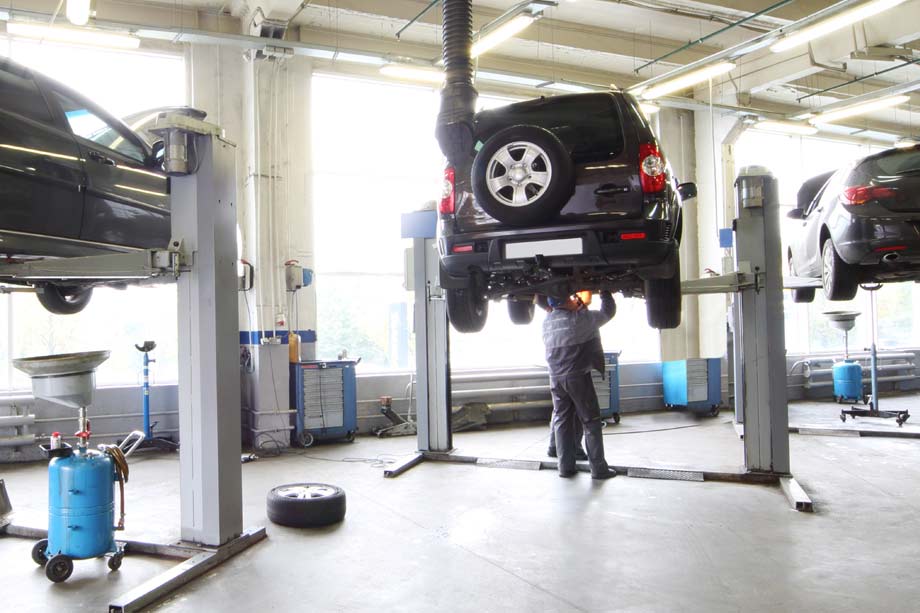All Categories
Featured
The check engine light (CEL) is just one of the most identifiable control panel signs, yet it typically strikes anxiety or confusion in chauffeurs. While it's simple to panic when the light brightens, understanding its objective and recognizing just how to respond can help you take the ideal steps to resolve potential problems. This newbie's overview breaks down what the check engine light means, common reasons, and exactly how to manage it.
What Is the Examine Engine Light? The check engine light belongs to your car's onboard diagnostics (OBD) system, developed to keep an eye on engine efficiency and exhausts. When the system detects an issue, the CEL brightens to signal you. The light might look like a consistent glow or a flashing signal, each bring various degrees of seriousness.
Strong Light: Suggests a less immediate concern, but it still calls for attention. Blinking Light: Signals an extra serious problem, such as a misfire, which could harm your engine or catalytic converter if neglected. Typical Sources Of the Examine Engine Light. The CEL can trigger for a range of factors, varying from minor concerns to significant fixings. Below are a few of the most usual wrongdoers:
Loosened or Faulty Gas Cap:
A loosened gas cap can trigger fuel vapors to leave, setting off the CEL. This is just one of the most convenient and least expensive solutions-- tighten up or replace the cap. Faulty Oxygen Sensor:
![]()
The oxygen sensing unit keeps an eye on the air-to-fuel proportion in your engine. A malfunctioning sensor can reduce gas effectiveness and boost discharges. Malfunctioning Glow Plugs or Ignition Coils:
Damaged spark coils or plugs can bring about engine misfires. Regular tune-ups assist avoid this problem. Catalytic Converter Issues:
The catalytic converter reduces harmful emissions. Issues with this component can be pricey and commonly arise from disregarding other issues. Mass Air Movement Sensing Unit Troubles:
The mass air flow (MAF) sensor measures the air going into the engine. A damaged or dirty MAF sensing unit can affect efficiency and fuel economy. What to Do When the Inspect Engine Light Comes On. Do Not Panic:
If the light is constant, it's secure to drive to a service center. If it's blinking, reduce rate and prevent difficult acceleration; pull over and look for prompt help. Inspect for Obvious Issues:
Tighten up the gas cap, as this is a common and easy repair. Look for indicators of serious problem, such as smoke or unusual engine noises. Use an OBD-II Scanner:
An OBD-II scanner reads the trouble codes stored in your cars and truck's computer. Lots of car components stores use complimentary code scanning services. Get In Touch With a Professional Mechanic:
![]()
If you can't resolve the issue on your own, take your car to a trusted auto mechanic. Supply the problem code for a faster and a lot more accurate diagnosis. Preventative Procedures. Routine maintenance is essential to staying clear of CEL issues. Right here's just how to stay in advance:
Schedule Regular Tune-Ups: Change ignition system and inspect ignition elements consistently. Maintain Fluids Covered Off: Ensure proper degrees of oil, coolant, and other liquids. Use High Quality Fuel: Poor-quality gasoline can result in sensor and emissions issues. Conclusion. The check engine light does not need to provide tension. By recognizing its function and knowing exactly how to address it, you can keep your cars and truck running smoothly and stay clear of costly repair services. Treat the CEL as a valuable device instead of a problem, and it will guide you to preserving your vehicle's wellness properly.
What Is the Examine Engine Light? The check engine light belongs to your car's onboard diagnostics (OBD) system, developed to keep an eye on engine efficiency and exhausts. When the system detects an issue, the CEL brightens to signal you. The light might look like a consistent glow or a flashing signal, each bring various degrees of seriousness.
Strong Light: Suggests a less immediate concern, but it still calls for attention. Blinking Light: Signals an extra serious problem, such as a misfire, which could harm your engine or catalytic converter if neglected. Typical Sources Of the Examine Engine Light. The CEL can trigger for a range of factors, varying from minor concerns to significant fixings. Below are a few of the most usual wrongdoers:
Loosened or Faulty Gas Cap:
A loosened gas cap can trigger fuel vapors to leave, setting off the CEL. This is just one of the most convenient and least expensive solutions-- tighten up or replace the cap. Faulty Oxygen Sensor:

The oxygen sensing unit keeps an eye on the air-to-fuel proportion in your engine. A malfunctioning sensor can reduce gas effectiveness and boost discharges. Malfunctioning Glow Plugs or Ignition Coils:
Damaged spark coils or plugs can bring about engine misfires. Regular tune-ups assist avoid this problem. Catalytic Converter Issues:
The catalytic converter reduces harmful emissions. Issues with this component can be pricey and commonly arise from disregarding other issues. Mass Air Movement Sensing Unit Troubles:
The mass air flow (MAF) sensor measures the air going into the engine. A damaged or dirty MAF sensing unit can affect efficiency and fuel economy. What to Do When the Inspect Engine Light Comes On. Do Not Panic:
If the light is constant, it's secure to drive to a service center. If it's blinking, reduce rate and prevent difficult acceleration; pull over and look for prompt help. Inspect for Obvious Issues:
Tighten up the gas cap, as this is a common and easy repair. Look for indicators of serious problem, such as smoke or unusual engine noises. Use an OBD-II Scanner:
An OBD-II scanner reads the trouble codes stored in your cars and truck's computer. Lots of car components stores use complimentary code scanning services. Get In Touch With a Professional Mechanic:

If you can't resolve the issue on your own, take your car to a trusted auto mechanic. Supply the problem code for a faster and a lot more accurate diagnosis. Preventative Procedures. Routine maintenance is essential to staying clear of CEL issues. Right here's just how to stay in advance:
Schedule Regular Tune-Ups: Change ignition system and inspect ignition elements consistently. Maintain Fluids Covered Off: Ensure proper degrees of oil, coolant, and other liquids. Use High Quality Fuel: Poor-quality gasoline can result in sensor and emissions issues. Conclusion. The check engine light does not need to provide tension. By recognizing its function and knowing exactly how to address it, you can keep your cars and truck running smoothly and stay clear of costly repair services. Treat the CEL as a valuable device instead of a problem, and it will guide you to preserving your vehicle's wellness properly.
Latest Posts
Explore Special Auto Repair Deals in Chicago at Montclare Auto Repair
Published May 25, 25
1 min read
Explore Special Auto Repair Specials in Chicago at Montclare Auto Repair
Published May 25, 25
1 min read
Join WyHy FCU – Top Benefits for Your Future
Published May 24, 25
1 min read